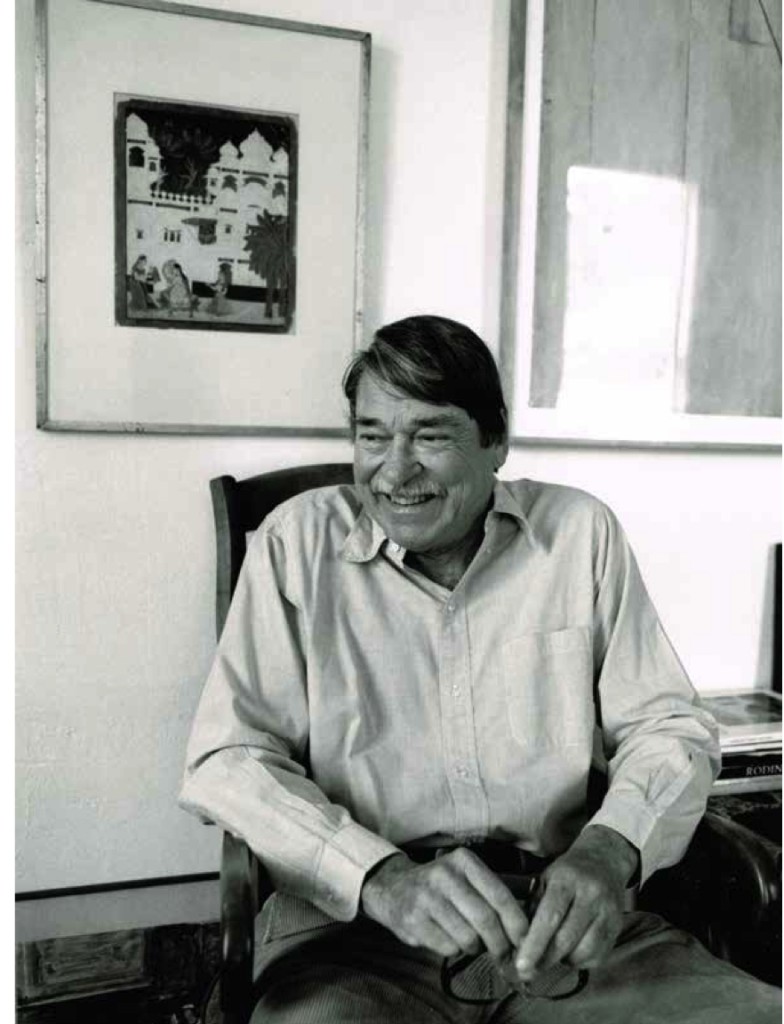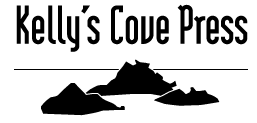
Richard Diebenkorn, born in Portland, Oregon, in 1922, grew up in San Francisco. He attended Stanford University, where he studied art and met his late wife, Phyllis. After a period in the Marine Corps during WWII, Diebenkorn continued his study of art at the California School of Fine Arts in San Francisco. In 1947, he was hired as an instructor at the CSFA, which from 1946–1950 was the center of Abstract Expressionism on the west coast.
Diebenkorn continued to pursue abstraction after leaving the Bay Area in 1950 while working for his MA at the University of New Mexico in Albuquerque, later as assistant professor at the University of Illinois in Urbana during 1952, and after returning to Berkeley in 1953.
After the enormously productive Berkeley series of paintings, Diebenkorn turned to the figure. Once a week, from about 1955–1966, Diebenkorn and a group of artists that included David Park, Elmer Bischoff, and Frank Lobdell gathered in each other’s studios to draw from the model. Often identified together as Bay Area Figurative Artists, they applied Abstract Expressionist methods to representational subjects.
Drawn back into abstraction after moving to Southern California in 1966 to teach at UCLA, Diebenkorn began his most sustained and renowned period, during which he created the Ocean Park series. He also worked intensely on his works on paper.
During the last few years of Diebenkorn’s life, he and Phyllis returned to Northern California. The drawings he made while living in rural Alexander Valley were marked by complexity and ambition. Diebenkorn died in 1993.
